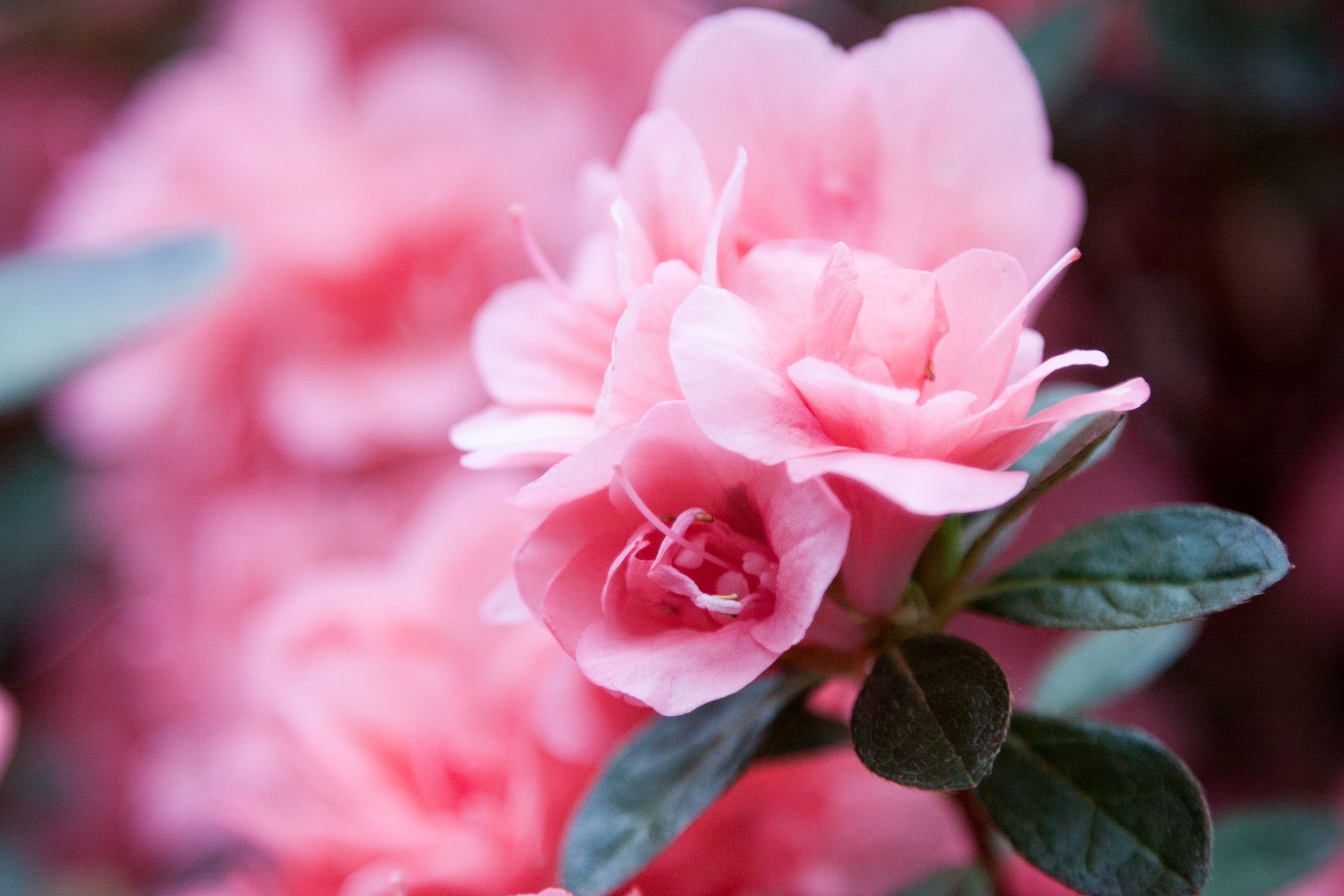Himalayan ivy
(Hedera nepalensis)

Description
Hedera nepalensis, commonly known as the Himalayan ivy or Nepalese ivy, is a species of climbing vine belonging to the family Araliaceae. This evergreen plant is native to the Himalayas, and its natural habitat includes forests, cliffs, and rocky slopes in the mountainous regions of Nepal, Bhutan, India, and China. The plant is commonly cultivated as an ornamental plant due to its attractive foliage and ability to climb walls, trellises, and other structures. In this article, we will discuss the morphology, distribution, cultivation, and uses of Hedera nepalensis. Morphology Hedera nepalensis is a vigorous, evergreen climbing vine that can grow up to 30 meters in length. The plant has large, dark green, glossy leaves that are palmate with three to five lobes. The leaves can grow up to 15 cm in length and 12 cm in width, and they have a wavy margin. The stem of the plant is woody and can grow up to 10 cm in diameter. The plant produces aerial roots from its stem, which helps it climb up walls and other structures. The flowers of Hedera nepalensis are small and greenish-yellow in color. They are borne in clusters during late summer and early autumn. The plant produces small, round, black berries that are approximately 5 mm in diameter. The berries are toxic if ingested, and they can cause vomiting, diarrhea, and abdominal pain. Distribution Hedera nepalensis is native to the Himalayas, and its natural range includes Nepal, Bhutan, India, and China. The plant is found at elevations ranging from 900 to 3,500 meters above sea level. In its natural habitat, the plant grows in forests, rocky slopes, and cliffs. Cultivation Hedera nepalensis is a popular ornamental plant due to its attractive foliage and ability to climb walls and other structures. The plant is easy to grow and requires minimal care. It prefers a moist, well-draining soil and partial shade to full sun exposure. The plant can tolerate a wide range of temperatures, but it prefers a cool climate with moderate humidity. The plant is hardy to USDA zones 6 to 9. Propagation of Hedera nepalensis can be done through stem cuttings or layering. Stem cuttings should be taken in late summer or early autumn and should be 10 to 15 cm in length. The cuttings should be planted in a well-draining soil mixture and kept in a warm, humid location until roots form. Layering involves burying a stem of the plant in soil and allowing it to develop roots before cutting it from the parent plant. Uses Hedera nepalensis is primarily used as an ornamental plant in gardens, parks, and landscapes. The plant is often trained to climb walls, trellises, and other structures to provide a natural green cover. The plant is also used in floral arrangements and wreaths. The leaves of Hedera nepalensis have been used in traditional medicine to treat a variety of ailments. The plant is believed to have anti-inflammatory, anti-microbial, and anti-cancer properties. The leaves can be used to make a poultice that can be applied to wounds, bruises, and skin irritations. The leaves can also be used to make a tea that can help relieve respiratory problems and digestive issues. Conclusion Hedera nepalensis is a beautiful and versatile plant that is well-suited for use in gardens, parks, and landscapes. The plant's ability to climb walls and other structures makes it an ideal choice for providing a natural green cover.
Taxonomic tree:







